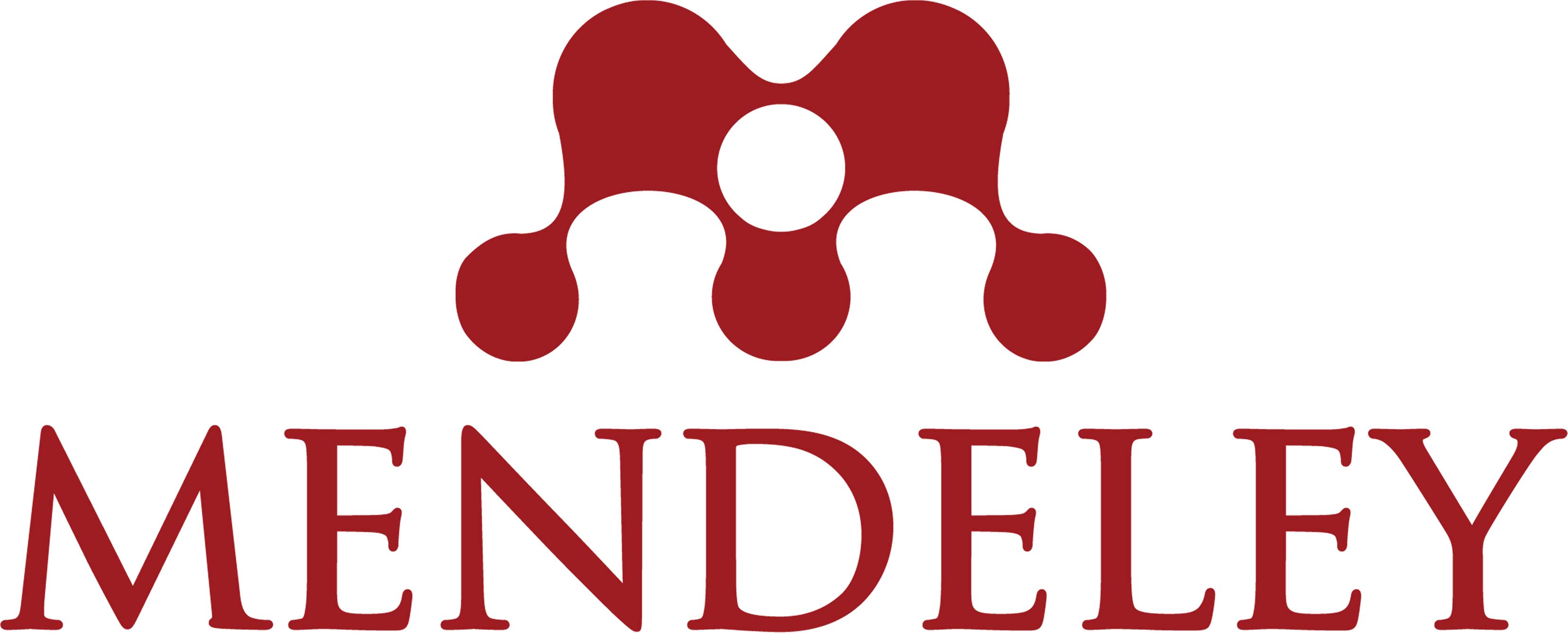English Department Students’ Perceptions of Using English Talk Show Videos on YouTube to Improve Listening Skill
DOI:
https://doi.org/10.17977/um064v1i102021p1451-1465Abstract
Abstract: This study investigates students’ perceptions of using English talk show videos to improve listening skills. The research design employed was a survey involving forty-six students enrolled in the Intermediate Listening Class and Advanced Listening Class. The data collection was done by using an online questionnaire and interview. The findings show that the students demonstrate positive attitudes to using English talk show videos to improve their listening skills. Students perceived English talk show videos as useful in three aspects. First, students used English talk show videos as their authentic listening materials to listen to various English accents and the use of the language formally or informally. Second, they used talk show videos to improve their listening skills because they can enrich their vocabulary, identify the topic in spoken language, and differentiate English accents. Third, students used English talk show videos to motivate themselves because they thought English talk show videos are fun ways to practice their listening skills. However, the finding also indicated that some students perceived talk show videos as boring.
Keywords: students’ perceptions; English talk show video; YouTube; listening
Abstrak: Penelitian ini menyelidiki persepsi mahasiswa dalam menggunakan video talk show bahasa Inggris untuk meningkatkan keterampilan menyimak. Desain penelitian yang digunakan adalah survei yang melibatkan empat puluh enam mahasiswa di Kelas Intermediate Listening dan Advanced Listening. Pengumpulan data dilakukan dengan menggunakan angket online dan wawancara. Temuan menunjukkan bahwa mahasiswa menunjukkan sikap positif dalam menggunakan video talk show bahasa Inggris untuk meningkatkan keterampilan menyimak mereka. Mahasiswa menganggap video talk show bahasa Inggris berguna dalam tiga aspek. Pertama, mahasiswa menggunakan video talk show bahasa Inggris sebagai bahan menyimak otentik mereka untuk mendengarkan berbagai aksen bahasa Inggris dan penggunaan bahasa secara formal atau informal. Kedua, mereka menggunakan video talk show untuk meningkatkan keterampilan menyimak mereka karena mereka dapat memperkaya kosa kata mereka, mengidentifikasi topik dalam bahasa lisan, dan membedakan aksen bahasa Inggris. Ketiga, mahasiswa menggunakan video talk show bahasa Inggris untuk memotivasi diri mereka sendiri karena mereka berpendapat video talk show berbahasa Inggris adalah cara yang menyenangkan untuk melatih keterampilan menyimak. Namun, temuan lain dalam penelitian juga menunjukkan bahwa beberapa mahasiswa menganggap video talk show membosankan.
Kata kunci: persepsi mahasiswa; video talk show bahasa Inggris; Youtube; menyimak
References
Alwehaibi, H. O. (2015). The impact of using YouTube In EFL classroom on enhancing EFL students’ content learning. Journal of College Teaching & Learning (TLC), 12(2), 121–126. doi: https://doi.org/10.19030/tlc.v12i2.9182
Ayu, L. P. (2016). YouTube videos in teaching listening: The benefits in experts’ views. Research in English and Education (READ), 1(2), 152–160. Retrieved from http://www.jim.unsyiah.ac.id/READ/article/view/2584
Bonk, C. J. (2011). YouTube anchors and enders: The use of shared online video content as a macro context for learning. Asia-Pacific Collaborative Education Journal, 7(1), 13–24. Retrieved from http://publicationshare.com/pdfs/201103.pdf
Brünner, I. (2013). Using language learning resources on Youtube. Procedings of ICT for Language Learning 6th. Retrieved from https://conference.pixel-online.net/conferences/ICT4LL2013/common/download/Paper_pdf/215-ELE13-FP-Bruenner-ICT2013.pdf
Chen, A. (2013). EFL listeners’ strategy development and listening problems: A process-based study. Journal of Asia TEFL, 10, 81–101. Retrieved from http://journal.asiatefl.org/main/main.php?inx_journals=37&inx_contents=57&main=1&sub=2&submode=3&PageMode=JournalView&s_title=EFL_Listeners_Strategy_Development_and_Listening_Problems_A_Process_Based_Study
Chhabra, P. (2012). Use of E-Learning tools in teaching English. International Journal of Computing & Business Research. Retrieved from http://www.researchmanuscripts.com/isociety2012/9.pdf
Creswell, J. W. (2015). Educational research: Planning, conducting, and evaluating quantitative and qualitative research (5th ed.). Boston, MA: Pearson.
Ghasemi, B., Hashemi, M., & Bardine, S. H. (2011). UTube and language learning. Procedia - Social and Behavioral Sciences, 28, 63–67. doi: https://doi.org/10.1016/j.sbspro.2011.11.013
Harackiewicz, J. M., Smith, J. L., & Priniski, S. J. (2016). Interest matters: The importance of promoting interest in education. Policy Insights from the Behavioral and Brain Sciences, 3(2), 220–227. doi: https://doi.org/10.1177/2372732216655542
Harmer, J. (2003). The practice of English Language Teaching. ELT Journal, 57(4), 401–405. doi: https://doi.org/10.1093/elt/57.4.401
Hidi, S., & Renninger, K. A. (2006). The four-phase model of interest development. Educational Psychologist, 41(2). doi: https://doi.org/10.1207/s15326985ep4102_4
Ismaili, M. (2013). The effectiveness of using movies in the EFL Classroom – a study conducted at South East European university. Academic Journal of Interdisciplinary Studies, 2(4). doi: https://doi.org/10.5901/ajis.2012.v2n4p121
Kadagidze, L. (2006). Different types of listening materials. IBSU Scientific Journals, 1(1), 148–154. Retrieved from https://journal.ibsu.edu.ge/index.php/ibsusj/article/view/17
Kelsen, B. (2009). Teaching EFL to the iGeneration: A survey of using YouTube as supplementary material with college EFL students in Taiwan. Call-EJ Online, 10(2), 1-18. Retrieved from http://callej.org/journal/10-2/kelsen.html
Kim, H.-S. (2015). Using authentic videos to improve EFL students’ listening comprehension. International Journal of Contents, 11(4), 15–24. doi: https://doi.org/10.5392/ijoc.2015.11.4.015
Komalig, F. (2020) English Department students’ perceptions towards YouTube as learning resources to improve listening skills (Unpublished undergraduate thesis, Universitas Negeri Malang, Malang, Indonesia).
Latief, M. A. (2016). Research methods on language Learning: An introduction (7th ed.). Malang: Universitas Negeri Malang.
Nofrika, I. (2019). EFL students’ voices: The role of youtube in developing English competences. Journal of Foreign Languange Teaching and Learning, 4(1), 56–73. doi: https://doi.org/10.18196/ftl.4138
Pamungkas. M. F. A. (2016). The correlation between students’ attitude toward watching English talk show videos on YouTube and their listening ability at EED of UMY batch 2015 (Undergraduate's thesis, Universitas Muhammadiyah Yogyakarta, Yogyakarta, Indonesia). Retrieved from http://repository.umy.ac.id/handle/123456789/7140
Rahmaningtyas, H., & Al Mardhiyyah, S. (2021). Integrating VOA learning English into an English listening classroom. Bahasa Dan Seni: Jurnal Bahasa, Sastra, Seni, Dan Pengajarannya, 48(2), 91–102. doi: https://doi.org/10.17977/UM015V48I22020P091
Renandya, W. A., & Jacobs, G. M. (2016). Extensive reading and listening in the L2 classroom. doi: 10.1007/978-3-319-38834-2_8
Renukadevi, D. (2014). The role of listening in language acquisition; the challenges & strategies in teaching listening. International Journal of Education and Information Studies, 4(1), 59–63. Retrieved from https://www.ripublication.com/ijeisv1n1/ijeisv4n1_13.pdf
Rost, M. (2011). Teaching and researching listening (Second ed.). Retrieved June 12, 2021, from www.pearson-books.com
Sakkir, G., Dollah, S., & Ahmad, J. (2020). Students’ perceptions toward using YouTube in EFL classrooms. Journal of Applied Science, Engineering, Technology, and Education, 2(1). doi: https://doi.org/10.35877/454RI.asci2125
Silviyanti, T. M. (2014). Looking into EFL students’ perceptions in listening by using English movie videos on YouTube. Studies in English Language and Education, 1(1), 42. doi: https://doi.org/10.24815/siele.v1i1.1119
Downloads
Published
How to Cite
Issue
Section
License
Copyright (c) 2021 Jasmine Nur Fadhillah

This work is licensed under a Creative Commons Attribution-ShareAlike 4.0 International License.





























